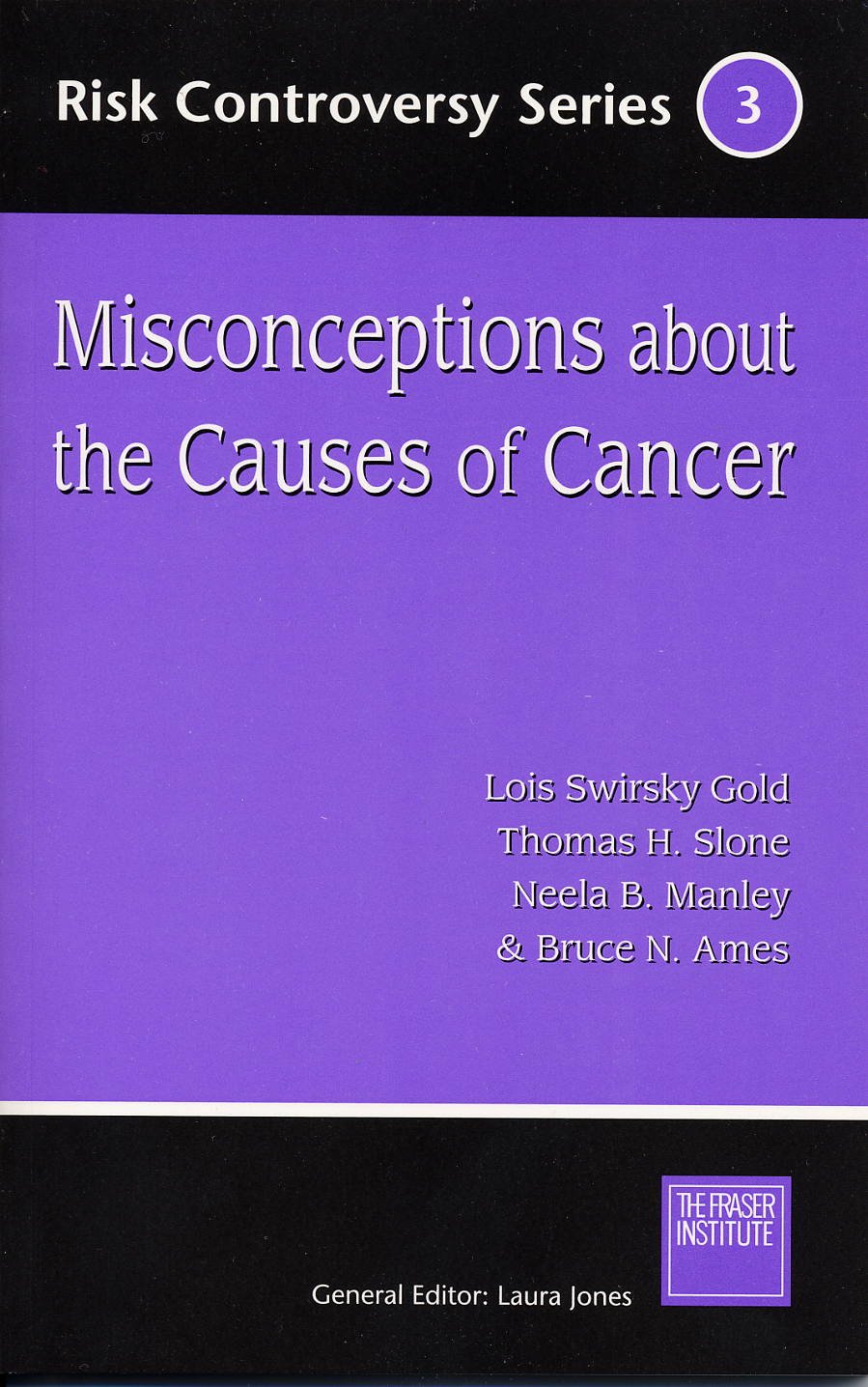

PDF files are provided here for the papers in this list.
 Abstract PDF
Abstract PDF
 Abstract PDF
Abstract PDF
 Abstract PDF
Abstract PDF
 Abstract PDF
Abstract PDF
 Abstract PDF
Abstract PDF
 Abstract PDF
Abstract PDF
 Abstract PDF
Abstract PDF
 Abstract PDF
Abstract PDF
 Abstract PDF
Abstract PDF
 Abstract PDF
Abstract PDF
 Abstract PDF
Abstract PDF
 Abstract PDF
Abstract PDF
 Abstract
Abstract  Text
Text Abstract PDF
Abstract PDF
 Abstract PDF
Abstract PDF
 Abstract PDF
Abstract PDF
 Abstract PDF
Abstract PDF
 Abstract PDF
Abstract PDF
 Abstract PDF
Abstract PDF
 Abstract PDF
Abstract PDF
 Text
Text
 Abstract PDF
Abstract PDF
 Abstract PDF
Abstract PDF
 Abstract PDF
Abstract PDF

 Abstract PDF
Abstract PDF
 Text
Text Abstract PDF
Abstract PDF
 Text
Text Abstract
Abstract
 Abstract PDF
Abstract PDF
 Abstract PDF
Abstract PDF
 Abstract PDF
Abstract PDF
 Abstract PDF
Abstract PDF
 Text
Text
 Abstract PDF
Abstract PDF
 Abstract
Abstract
 Abstract PDF
Abstract PDF
 Abstract
Abstract
 Abstract
Abstract
 Abstract
Abstract Abstract PDF
Abstract PDF
 Abstract PDF
Abstract PDF
 Abstract
Abstract
 Abstract PDF
Abstract PDF

 Text
Text
 Abstract (1998).
Abstract (1998).
 Executive Summary PDF
Executive Summary PDF
 Abstract
Abstract  Text
Text
 Abstract PDF
Abstract PDF
 Abstract
Abstract
 Abstract
Abstract
 AbstractPDF>
AbstractPDF>
 Abstract
Abstract  Text
Text Abstract
Abstract  Text
Text
 Abstract PDF
Abstract PDF
 Abstract PDF
Abstract PDF
 Abstract PDF
Abstract PDF
 Abstract PDF
Abstract PDF
 Abstract PDF
Abstract PDF
 Abstract PDF
Abstract PDF
 Abstract PDF
Abstract PDF
Return to the Carcinogenic Potency Project (CPDB) Home Page: 
Last updated: September 1, 2011